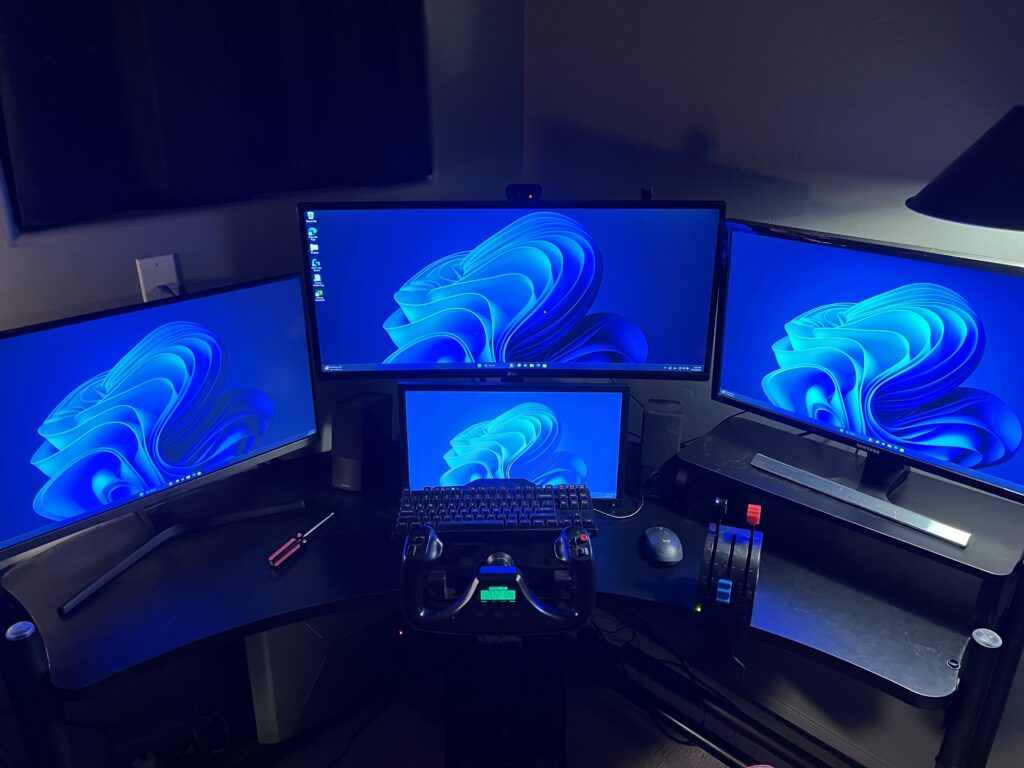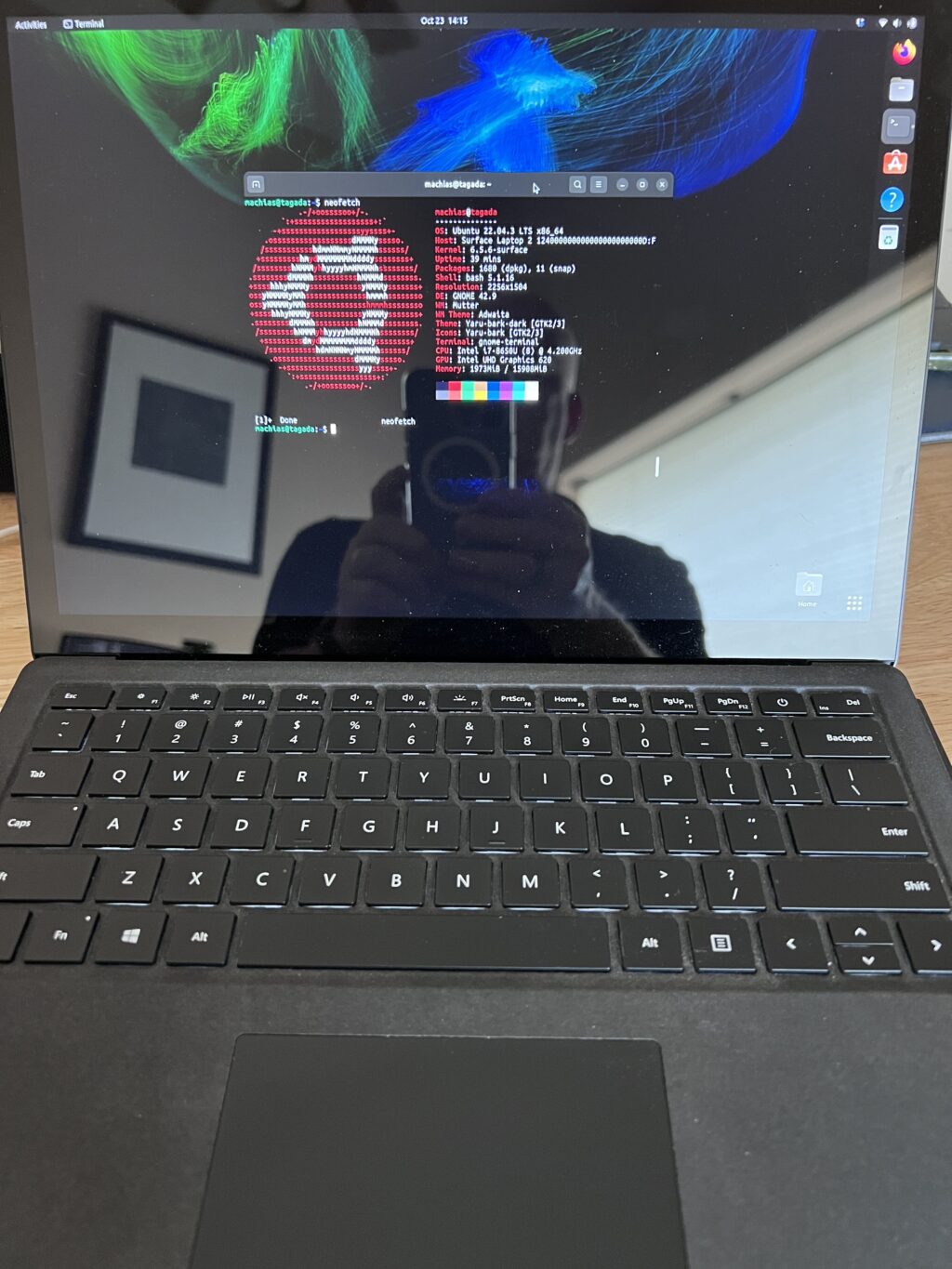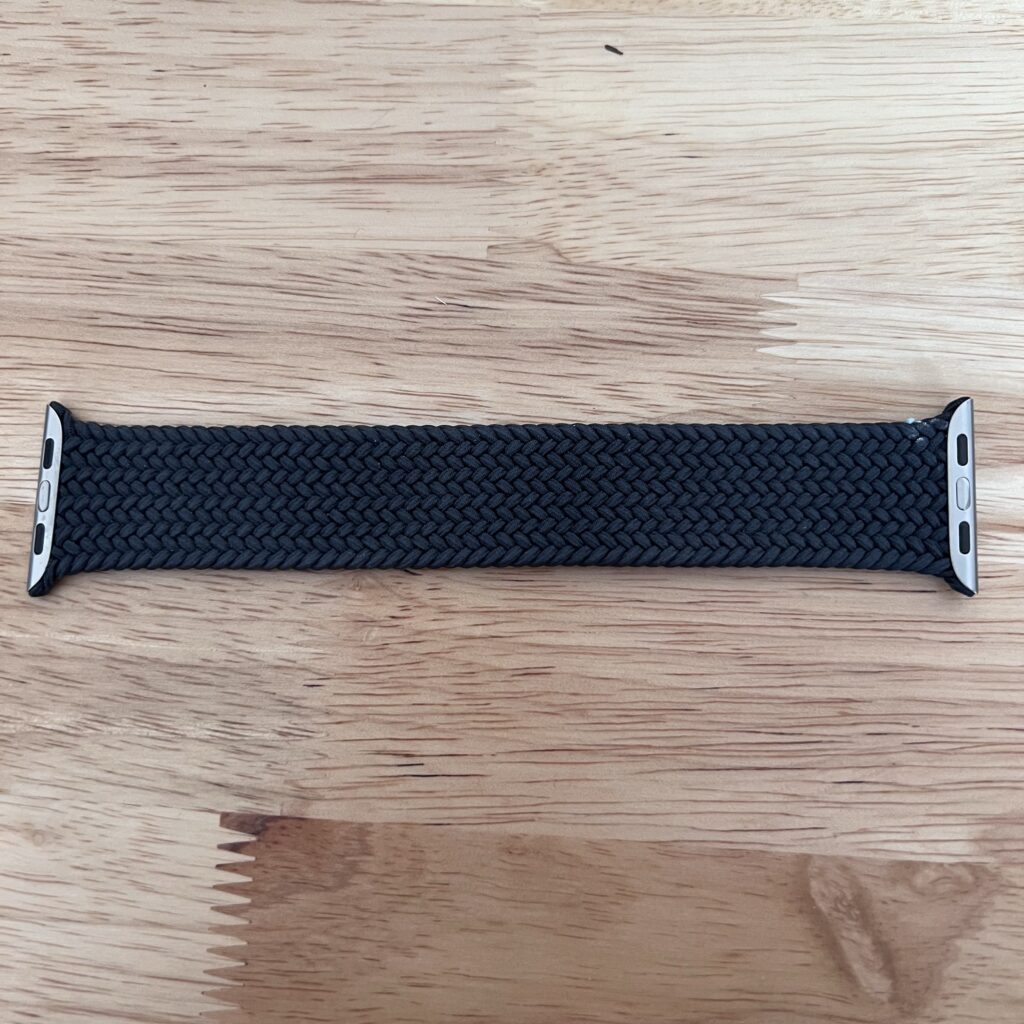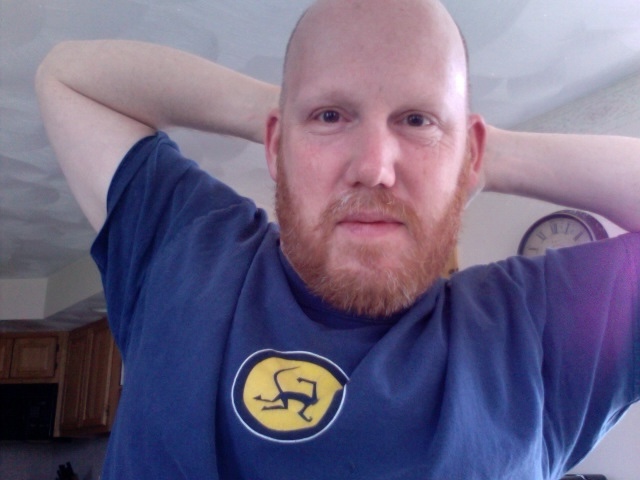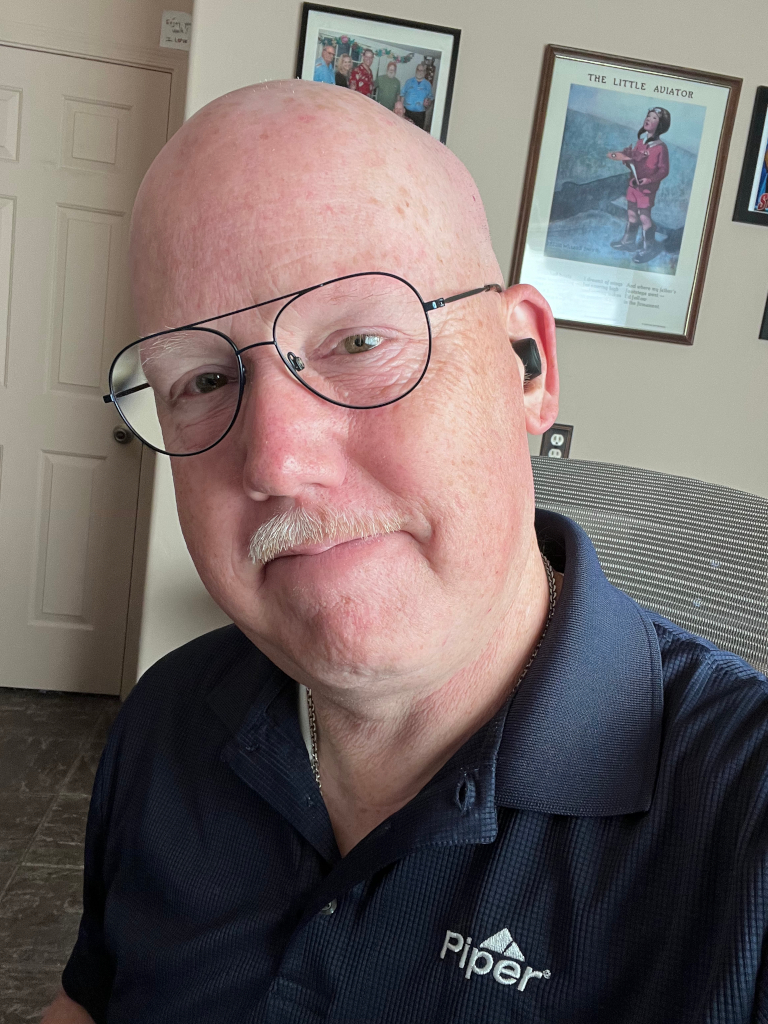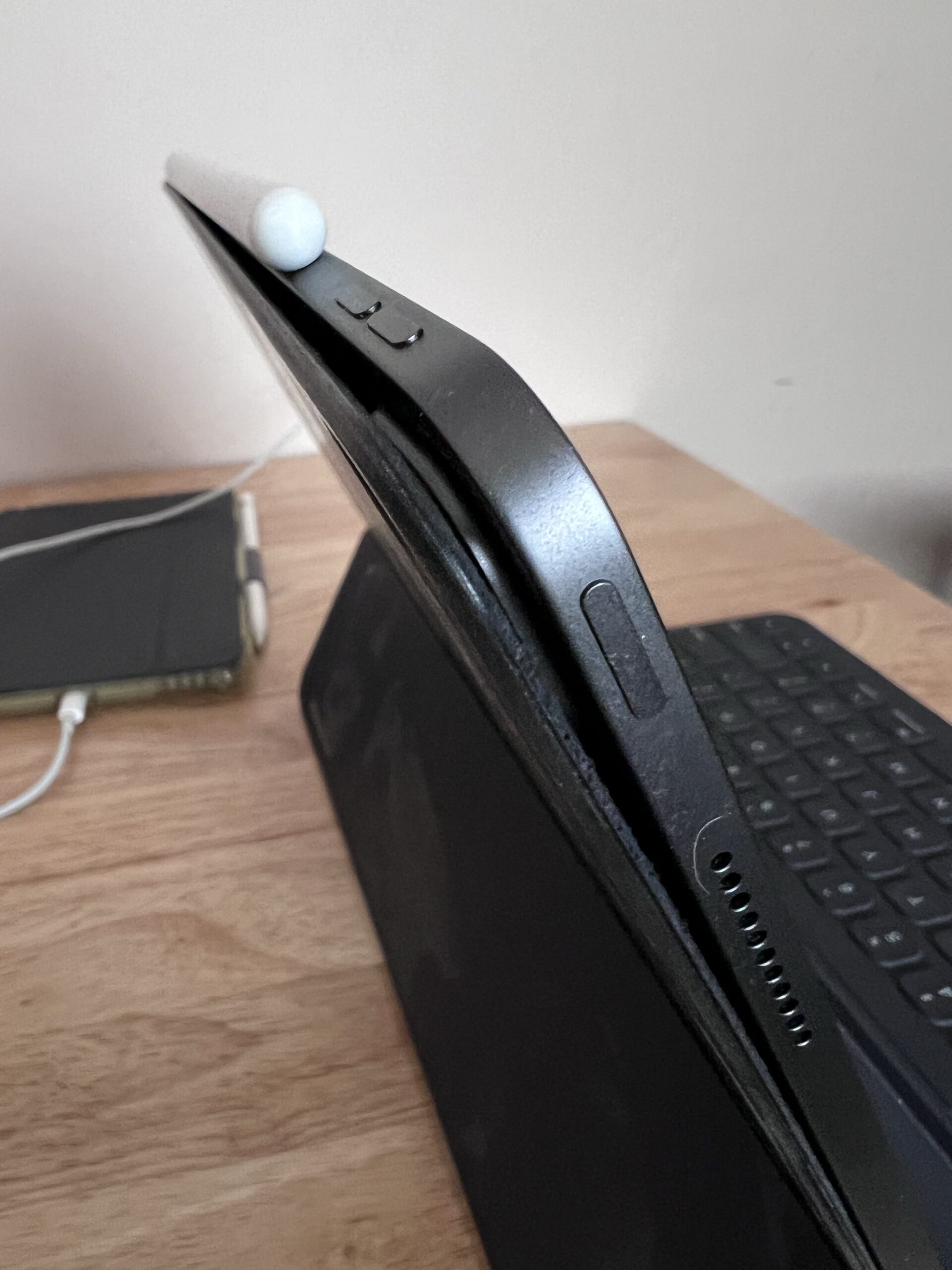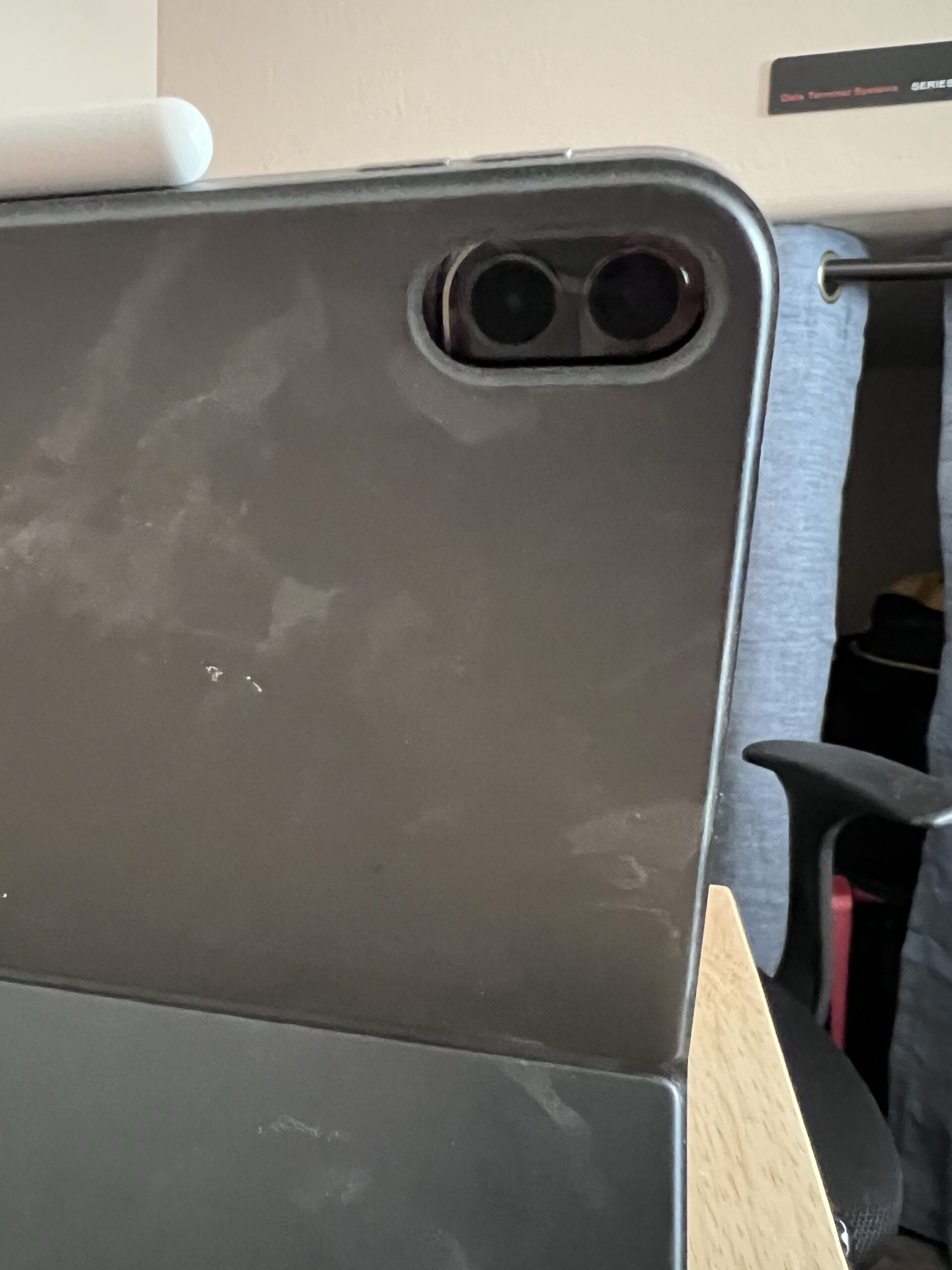Being the geek I am at the age I am, I occasionally have dreams about older computers and other technology. Oddly, these dreams occasionally take place in a future setting. For example, I’ll dream about a local grocery store that is currently under construction and going inside to find technology from the 1980s in use at the checkouts. Or I’ll be starting a new job in a high tech world and find myself sitting at a text-based dumb terminal tied to a mainframe somewhere.
These dreams often leave me awaking in a very pleasant mood.
It’s not secret that technology has taken over just about every facet of our lives. Tech gave us COVID-19 vaccines quickly. You can’t go longer than two minutes on any news broadcast without hearing in some fashion, “and on ‘X’, formerly known as Twitter…”. There’s always a Facebook scandal going on in someone’s family or friends circle and there’s always an elected official saying something stupid on Twitter or one of it’s niche clones. Heck, I’m sure many folks haven’t talked to a cashier at the supermarket in months because there’s no cashiers at the supermarkets.
Does all this technology make our life better?
I’d like to think the positives weigh out the negatives and it’s probably not fair to anyone to just lump everything high tech under an umbrella of “tech”. The vaccines? Good. The lack of cashiers at the supermarket? Bad. The belches of social media? Destructive.
I still wonder if anything or anyone anywhere in tech is going to say something like, “you know, just because we can do it doesn’t mean we have to do it”. Like keeping folks employed working the front lanes at that supermarket or providing assistance at a local blood lab for the elderly that are befuddled by an iPad with a handwritten sign pasted above it, “check in here”. I know I wouldn’t complain about never having an iPad flipped in my direction asking how much I want to tip the person working the counter at a coffee place ever again.
The choice to not tech-out everything is only in my dreams. But it’s a nice dream. And we need more nice these days.

